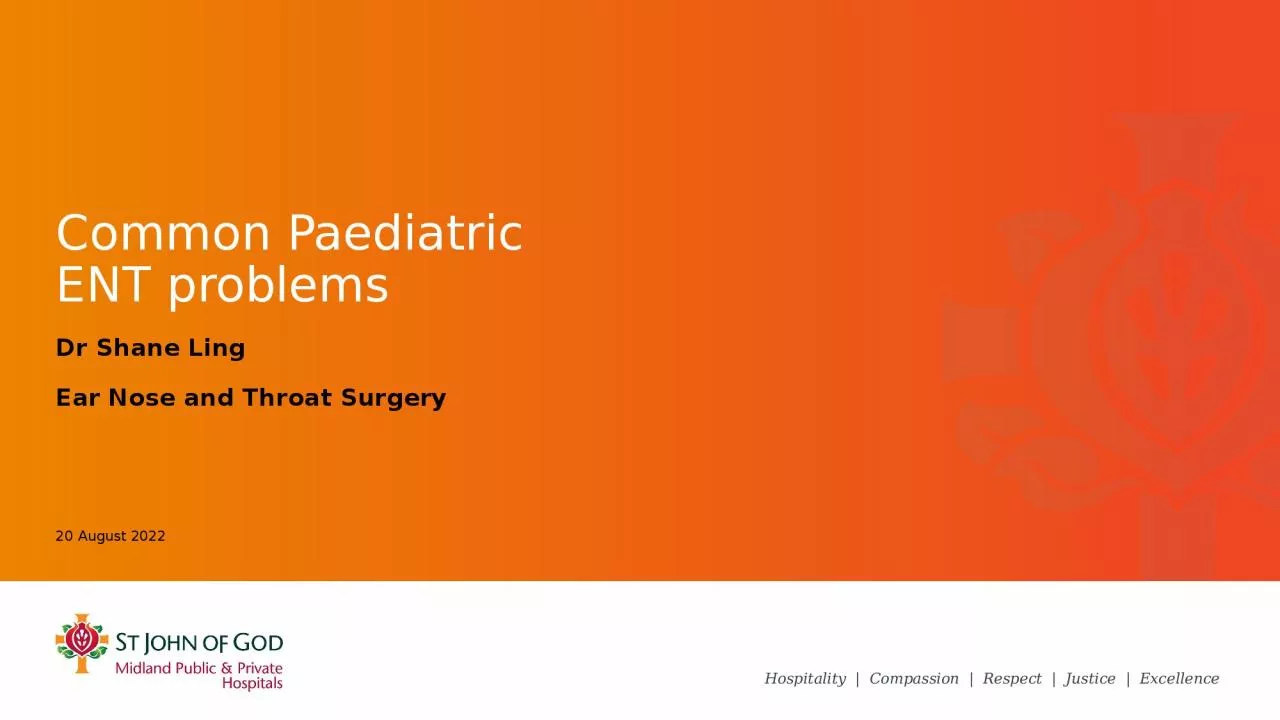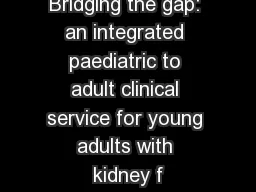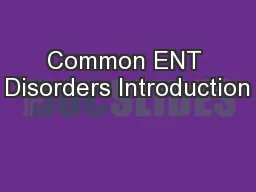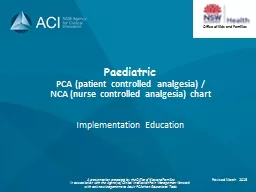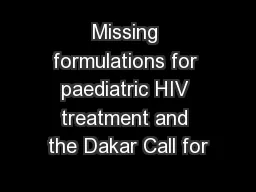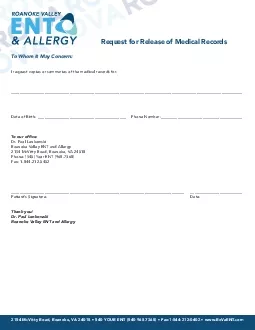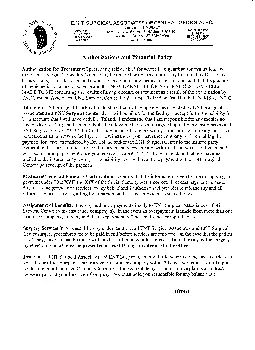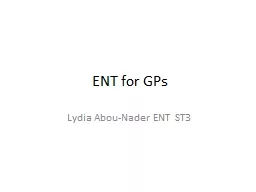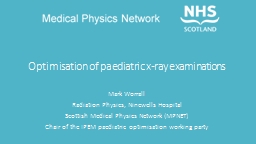PPT-Common Paediatric ENT problems
Author : brooke | Published Date : 2023-05-26
Dr S hane Ling Ear Nose and Throat Surgery 20 August 2022 Otology Otitis Media Otitis Externa Rhinology Nasal obstruction Tonsils and adenoids OSA Tonsillitis The
Presentation Embed Code
Download Presentation
Download Presentation The PPT/PDF document "Common Paediatric ENT problems" is the property of its rightful owner. Permission is granted to download and print the materials on this website for personal, non-commercial use only, and to display it on your personal computer provided you do not modify the materials and that you retain all copyright notices contained in the materials. By downloading content from our website, you accept the terms of this agreement.
Common Paediatric ENT problems: Transcript
Download Rules Of Document
"Common Paediatric ENT problems"The content belongs to its owner. You may download and print it for personal use, without modification, and keep all copyright notices. By downloading, you agree to these terms.
Related Documents

